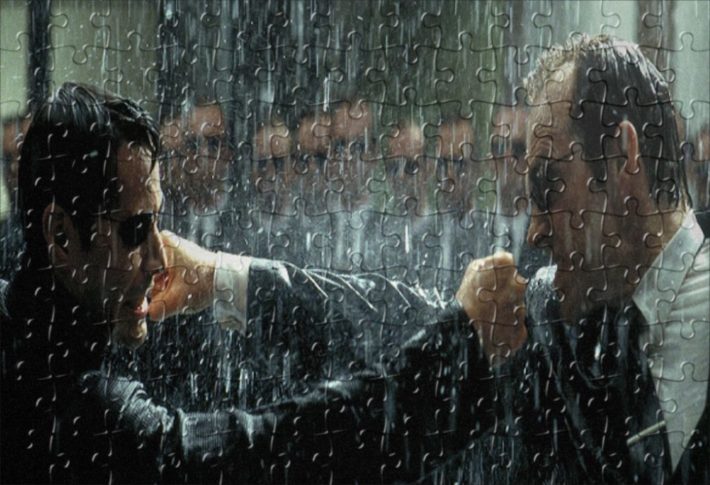As robots begin to cherry-pick the jobs of high-cost human workers, those robot employers profits will soar.
Then what?
The initial boost phase of profits gushing from automation is short-lived; as the tools of automation are themselves commoditized and become available to anyone on the planet with some capital and ambition, lower cost automated competitors come to market, destroying the pricing power of the first adopter.
Once an enterprise is competing only with other automated enterprises, profits fall to near-zero as lower cost competitors emerge. Competitive advantages are small once a field has been commoditized/globalized, and there is little pricing power left except for brands that establish some cache people will pay extra to have and hold.
Everything that’s been commoditized will no longer be profitable, as the competitive advantage of replacing human workers with robots vanishes once competitors have also replaced their human workers with robots.
Karl Marx described this dynamic of profits cratering and then vanishing in the 19th century; when anyone with access to investors or credit can buy the same machinery—that is, the machines are interchangeable commodities such as sewing machines, power looms, etc.–the capacity to produce rises as every competitor attempts to lower the unit cost of each product by producing more.
In other words, the only competitive advantage in an economy of commoditized machines and products is to increase production by over-investing in productive capacity. If competition has lowered the price of products, those who can double their production will achieve profitable economies of scale.
Over-investment and overcapacity are intrinsic dynamics of production; those who fail to invest heavily in increasing capacity will become unprofitable. Once their capital is destroyed, they vanish in insolvency.
Over-investment leads to overcapacity that devalues whatever is being produced.
This leads to a counter-intuitive result: over-investment destroys capital.
Faith that robots will generate so much wealth that humans will have no work has it backward: over-investment in commoditized robots and their commoditized production will destroy capital, not create it.
Recall that enterprises don’t have profits, enterprises only have expenses. Robots will never be free, due to their intrinsic complexity and use of resources and energy. As robots and other tools of automation become commodities that anyone can buy, whatever robots can produce is devalued accordingly.
Whatever commoditized robots can produce is no longer profitable; rather, the production destroys capital.
This destruction of capital must be subsidized by taxing whatever is still profitable, all those things that cannot be commoditized or automated.
Enterprises profiting from human labor that can’t be replaced by robots will be subsidizing intrinsically unprofitable robotic production that destroys capital.
How will all these robots create unimaginable wealth when every moment they’re in production they’re destroying capital? It will fall to the remaining profitable enterprises and their human employees to subsidize the capital-destroying robots.
Robots can only perform profitable work, and in a fully commoditized production chain, very little production will be profitable. This raises a question: who will subsidize all the unprofitable robots? Who will buy them, program them, repair them and energize them? Who will subsidize all this capital-destroying work performed by robots?
29Jan
Come the robots. Subsidizing the destruction of capital

